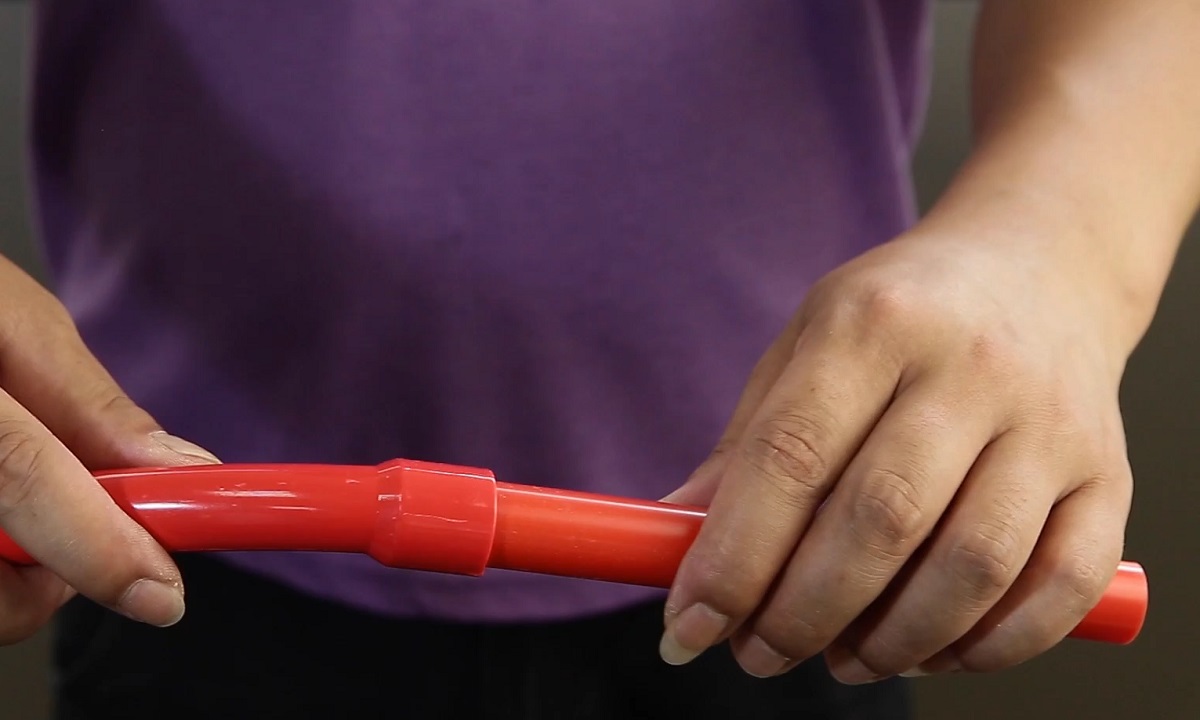

Articles
How To Connect PVC Conduit Together
Modified: January 6, 2024
Learn how to connect PVC conduit together with our informative articles. Get step-by-step instructions and expert tips for a successful installation.
(Many of the links in this article redirect to a specific reviewed product. Your purchase of these products through affiliate links helps to generate commission for Storables.com, at no extra cost. Learn more)
Introduction
When it comes to electrical installations, PVC conduit is a popular choice for protecting wiring and cables. It is durable, lightweight, and resistant to moisture and corrosion, making it ideal for both indoor and outdoor applications. However, in order to create a successful electrical conduit system, it is essential to know how to connect PVC conduit together effectively.
Connecting PVC conduit is a relatively simple process that can be accomplished with a few basic tools and materials. Whether you are a DIY enthusiast tackling a home improvement project or a professional electrician working on a commercial job, knowing how to connect PVC conduit together will allow you to create a reliable and secure electrical system.
In this article, we will guide you through the step-by-step process of connecting PVC conduit together. From measuring and cutting the conduit to securing the connection, we will cover all the necessary steps to ensure a successful installation.
Key Takeaways:
- Master the art of connecting PVC conduit by measuring, cutting, preparing, connecting, securing, and testing the system. Follow these steps to ensure a reliable and durable electrical installation, whether for DIY projects or professional jobs.
- Prioritize safety, adhere to local electrical codes, and consult a professional if unsure. With the right tools, materials, and techniques, you can confidently create a secure and functional PVC conduit system for your electrical needs.
Read more: How To Connect Conduit Together
Tools and Materials Needed
Before you begin connecting PVC conduit together, make sure you have the following tools and materials on hand:
- PVC conduit – Ensure you have enough conduit to accommodate your project requirements.
- Saw or conduit cutter – Use this tool to cut the conduit to the desired length.
- Deburring tool or sandpaper – This will be used to remove any rough edges or burrs from the cut ends of the conduit.
- PVC primer – The primer prepares the surface of the conduit for the adhesive.
- PVC adhesive – This adhesive is used to bond the conduit and create a secure connection.
- Measuring tape – Use a measuring tape to accurately measure the length of the conduit.
- Pencil or marker – Use a pencil or marker to mark the measurement points on the conduit.
- Rag or cloth – This will be helpful for wiping away excess primer and adhesive.
- Gloves and safety glasses – It is important to protect your hands and eyes while working with PVC materials.
Having these tools and materials readily available will ensure that you can complete the PVC conduit connection process smoothly and efficiently. Now that you have everything you need, let’s move on to the step-by-step instructions for connecting PVC conduit together.
Step 1: Measure and Cut the PVC Conduit
The first step in connecting PVC conduit together is to measure and cut the conduit to the desired length. This ensures that the conduit fits properly and aligns with the layout of your electrical system.
Here’s how to measure and cut the PVC conduit:
- Using a measuring tape, determine the length needed for the conduit. Measure from one connection point to another, accounting for any bends or turns.
- Mark the measurement points on the conduit using a pencil or marker. Make sure the marks are clear and easily visible.
- Secure the conduit in a stable position using clamps or a vice, ensuring it won’t move during the cutting process.
- Using a saw or conduit cutter, cut the conduit along the marked measurement points. Apply steady and even pressure to ensure a clean and precise cut.
After cutting the conduit, it is essential to remove any rough edges or burrs from the cut ends. This can be done using a deburring tool or sandpaper. Simply rub the tool or sandpaper around the cut edges in a circular motion until the edges are smooth.
Once the conduit is correctly measured and cut, you are ready to move on to the next step: preparing the ends of the conduit for connection.
Step 2: Prepare the Ends of the Conduit
Before connecting PVC conduit together, it is crucial to properly prepare the ends of the conduit. This step ensures a secure and watertight connection between the conduit pieces.
Follow these steps to prepare the ends of the conduit:
- Using a rag or cloth, clean the cut ends of the conduit to remove any dirt, dust, or debris. This will ensure a clean surface for the primer and adhesive to adhere to.
- Once the ends are clean, use a PVC primer to prepare the surface of the conduit. Apply the primer generously to the outside of the cut end, making sure to coat the entire area.
- Allow the primer to dry according to the manufacturer’s instructions. The drying time typically ranges from a few seconds to a few minutes.
- Next, apply PVC adhesive to the primed surface of the conduit end. Again, make sure to apply the adhesive generously, covering the entire primed area.
- Align the primed and adhesive-coated end of one conduit piece with the open end of another conduit piece. Press the two ends together firmly, ensuring a snug fit.
It is important to note that PVC primer and adhesive should be used according to the manufacturer’s instructions. Always wear gloves and safety glasses when handling these chemicals to protect your skin and eyes.
By properly preparing the ends of the conduit, you create a strong and durable connection. Now that the ends are ready, you can move on to the next step: connecting the PVC conduit together.
When connecting PVC conduit together, make sure to use PVC cement to create a strong and secure bond. Clean the ends of the conduit and apply the cement evenly for a reliable connection.
Step 3: Connect the PVC Conduit Together
Now that the ends of the PVC conduit are prepared, it’s time to connect them together. This step involves joining the conduit pieces to create a continuous electrical conduit system.
Follow these steps to connect the PVC conduit together:
- Hold the two prepared conduit ends together, ensuring they are aligned properly.
- Start at one end and insert the male end of one conduit piece into the female end of the other conduit piece. Apply gentle pressure and twist the pieces if necessary to achieve a secure fit.
- Continue inserting the male end into the female end, working your way along the length of the conduit until the two pieces are fully connected. The male end should fit snugly into the female end without any gaps.
- If necessary, use a rubber mallet or a soft hammer to gently tap on the conduit ends to ensure a tight and secure connection.
It’s important to note that PVC conduit connections should be made according to local electrical codes and regulations. Be sure to follow any specific guidelines provided by your local authorities or the project specifications.
Once the PVC conduit pieces are connected, you can move on to the next step: securing the connection to ensure stability and reliability.
Read more: How To Connect PVC Conduit To Electrical Box
Step 4: Secure the Connection
After connecting the PVC conduit together, it is crucial to secure the connection to ensure stability and reliability. This step helps to prevent any accidental disconnection or movement of the conduit pieces.
Follow these steps to secure the PVC conduit connection:
- Measure the length of the connected conduit section between the two connection points.
- Using appropriate fasteners or clamps, secure the conduit to a stable surface or structure at regular intervals along its length. Make sure the fasteners or clamps are compatible with PVC conduit and able to withstand the anticipated loads.
- Tighten the fasteners or clamps securely, but be careful not to overtighten as it may damage the conduit.
- Inspect the entire conduit system, including the secured connection points, to ensure there are no loose or unstable sections.
By securing the PVC conduit connection, you enhance the overall stability and durability of your electrical system. This step helps to prevent any accidental movement or separation of the conduit, ensuring a reliable and long-lasting installation.
Once the connection is securely fastened, it’s time to move on to the final step: testing the connection to verify its integrity.
Step 5: Test the Connection
After connecting and securing the PVC conduit together, it is important to test the connection to ensure its integrity. This step allows you to verify that the electrical conduit system is functioning properly and that there are no issues with the connection.
Follow these steps to test the PVC conduit connection:
- Ensure that the power is turned off to any circuits or electrical devices associated with the conduit system. Safety should always be the top priority when working with electrical installations.
- Inspect the connection visually to ensure that there are no visible gaps, loose sections, or signs of damage.
- Turn on the power to the associated circuits or devices.
- Test the functionality of the electrical system by turning on and off the respective switches or devices to verify that they operate as intended.
- Check for any signs of abnormalities, such as flickering lights, buzzing sounds, or malfunctioning devices. If any issues are present, it may indicate a problem with the connection that needs further examination.
If you encounter any issues or suspect that the connection is not functioning properly, it is recommended to consult with a qualified electrician to diagnose and resolve the problem. Electrical systems should always be installed and maintained by professionals to ensure safety and compliance with local regulations.
By testing the PVC conduit connection, you can have confidence in the reliability and functionality of your electrical system. With the connection successfully tested, your installation is now complete and ready for use.
Conclusion
Connecting PVC conduit together is a fundamental skill in electrical installations. By following the step-by-step process outlined in this article, you can successfully connect PVC conduit to create a reliable and secure electrical conduit system.
Throughout this guide, we have covered the essential steps involved in connecting PVC conduit together. From measuring and cutting the conduit to preparing the ends, connecting the pieces, securing the connection, and testing its integrity, each step is crucial to ensure a successful installation.
It is important to keep in mind that proper safety precautions should always be taken when working with electrical systems. Always turn off the power and follow local electrical codes and regulations. If you are unsure about any aspect of the installation, it is recommended to consult with a professional electrician to ensure the job is done correctly and safely.
Remember, PVC conduit offers a durable and reliable solution for protecting electrical wiring and cables. By connecting the conduit properly, you can ensure the longevity and safety of your electrical system.
So, whether you are a DIY enthusiast or a professional electrician, you now have the knowledge and understanding of how to connect PVC conduit together. With the right tools, materials, and techniques, you can confidently create a secure and functional PVC conduit system for your electrical needs.
Happy connecting!
Frequently Asked Questions about How To Connect PVC Conduit Together
Was this page helpful?
At Storables.com, we guarantee accurate and reliable information. Our content, validated by Expert Board Contributors, is crafted following stringent Editorial Policies. We're committed to providing you with well-researched, expert-backed insights for all your informational needs.
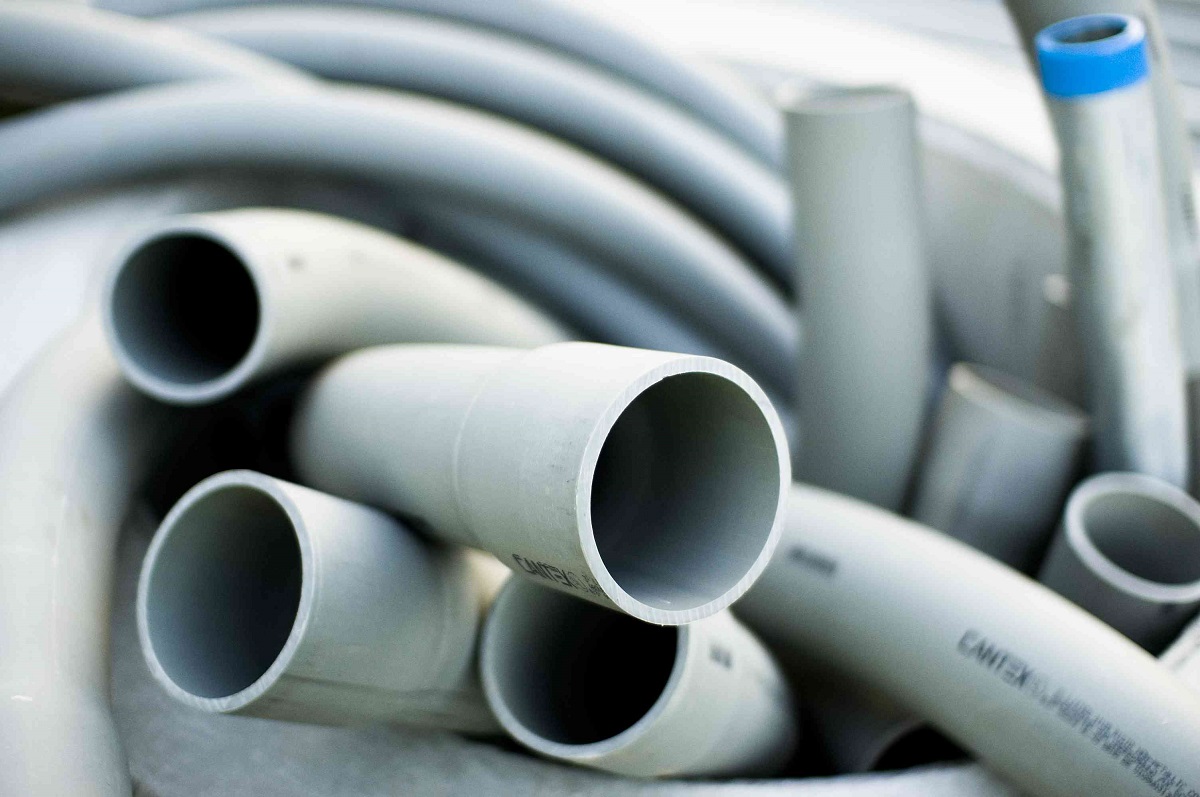
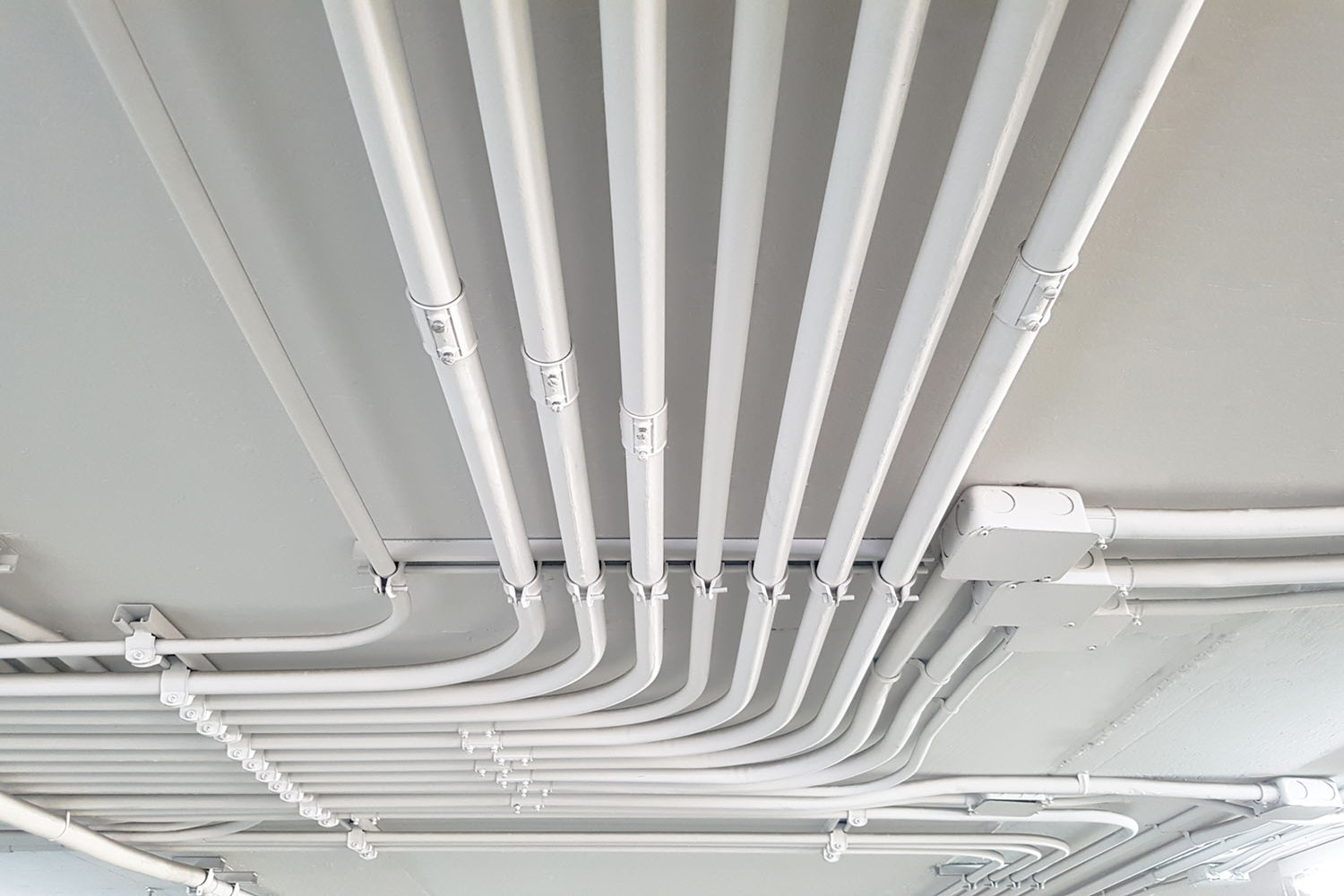
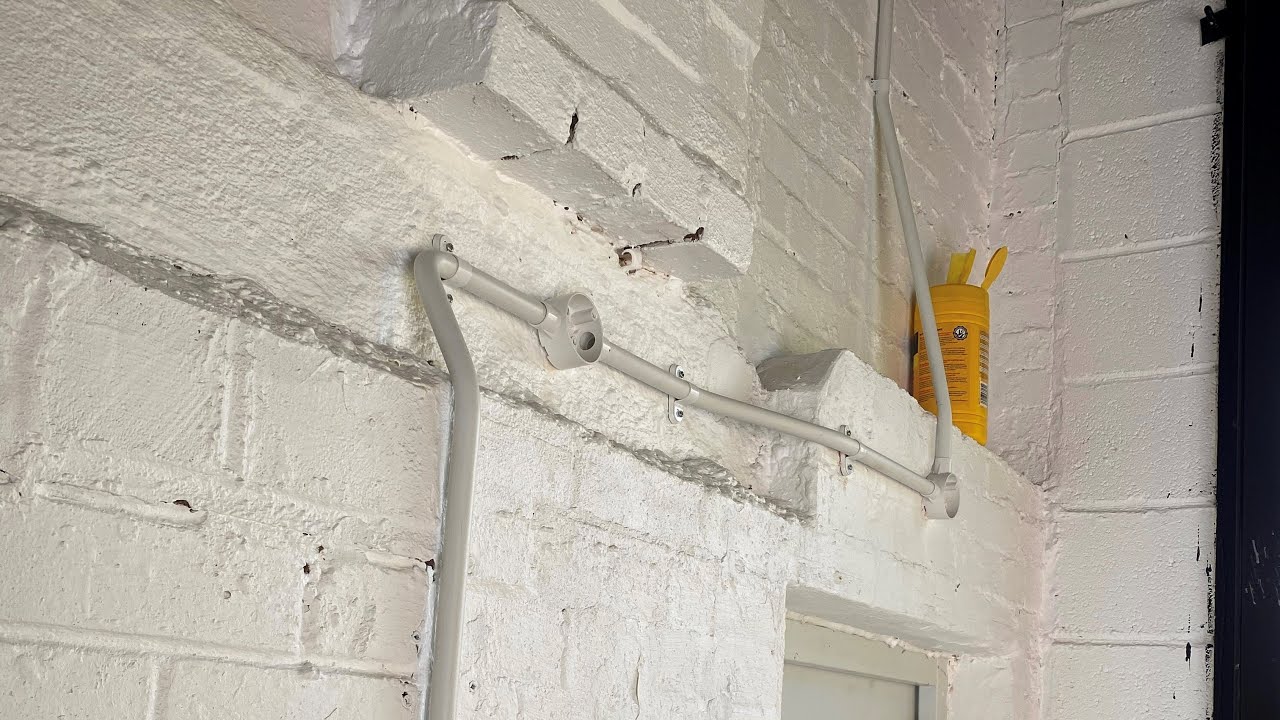
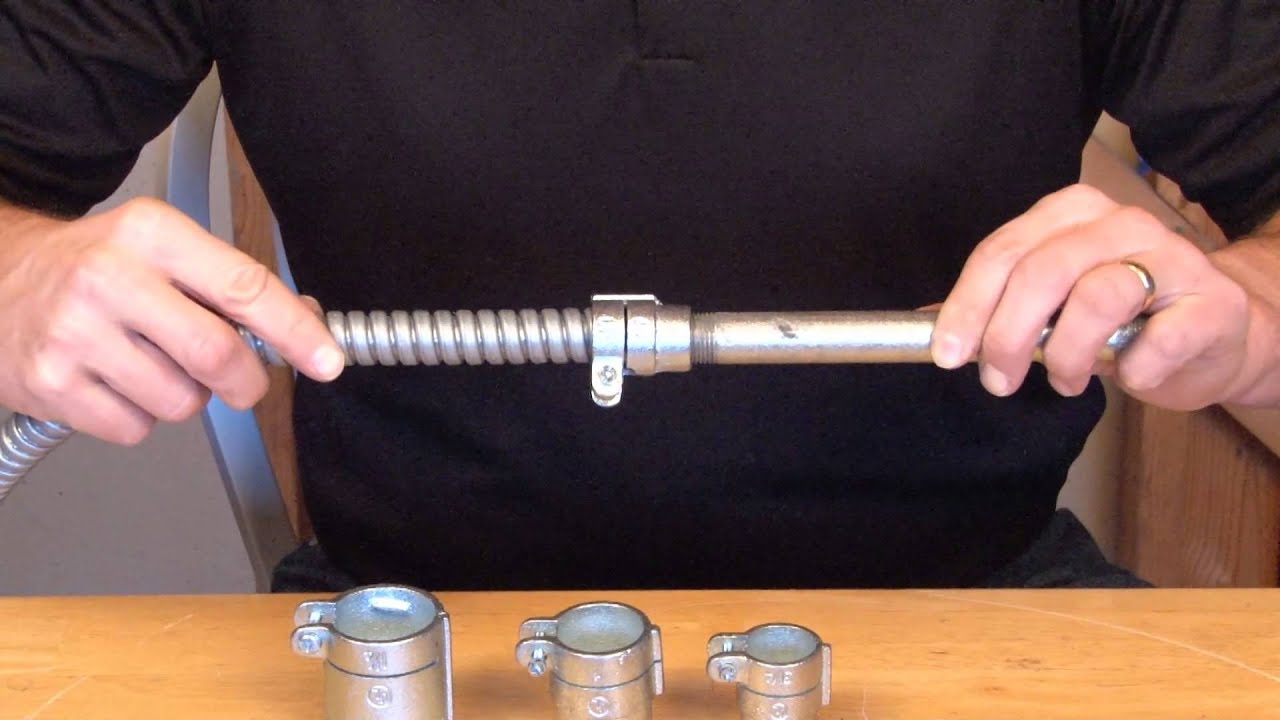
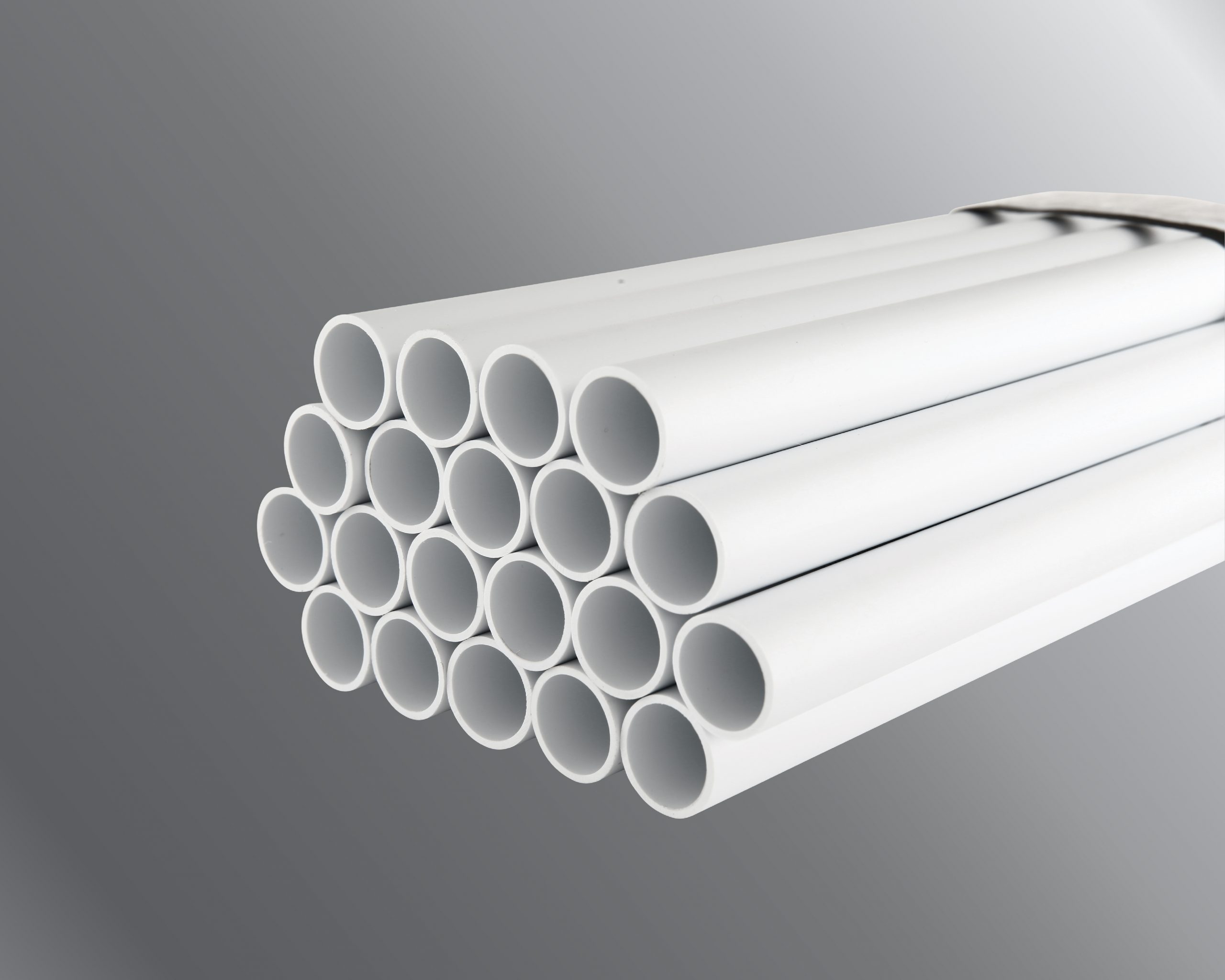
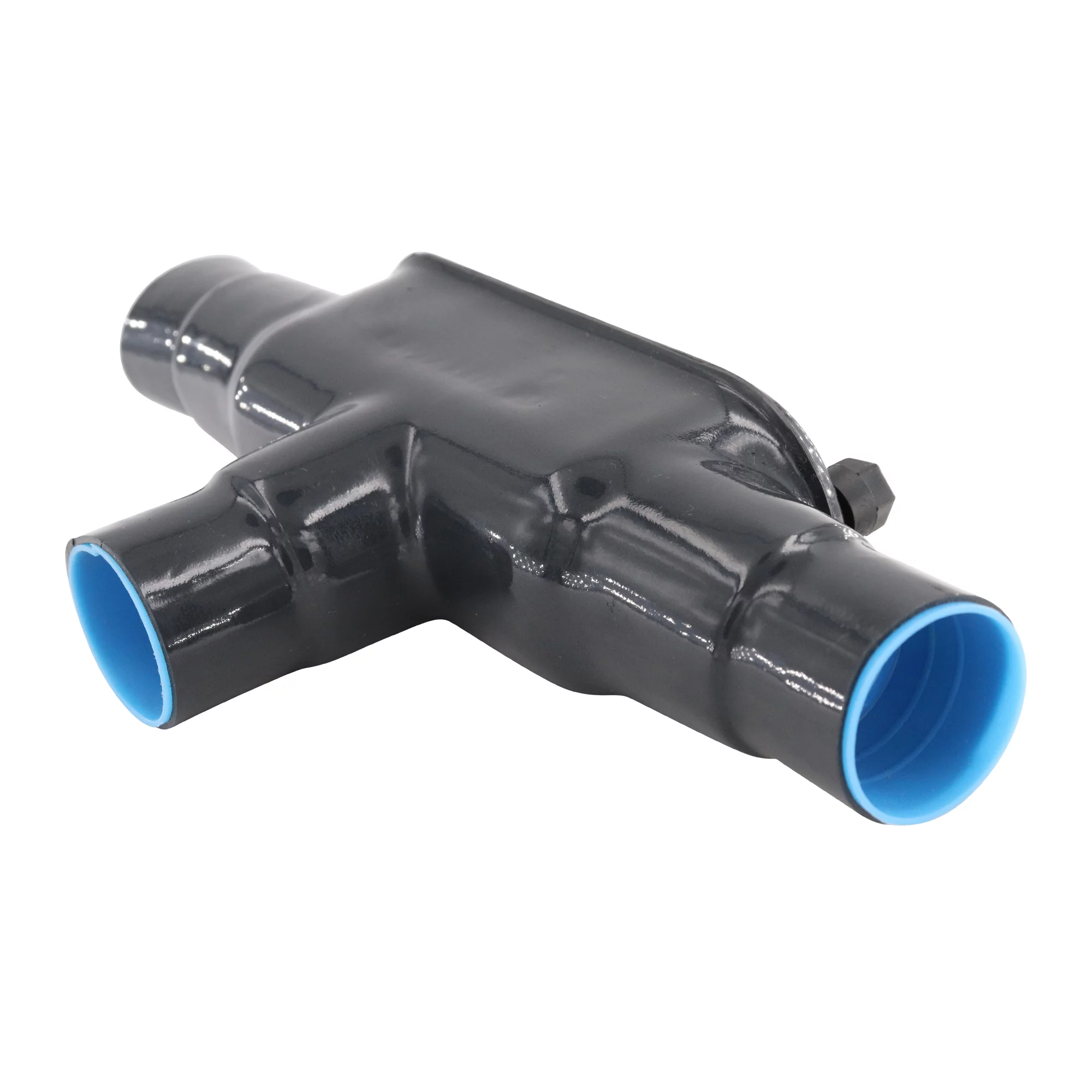
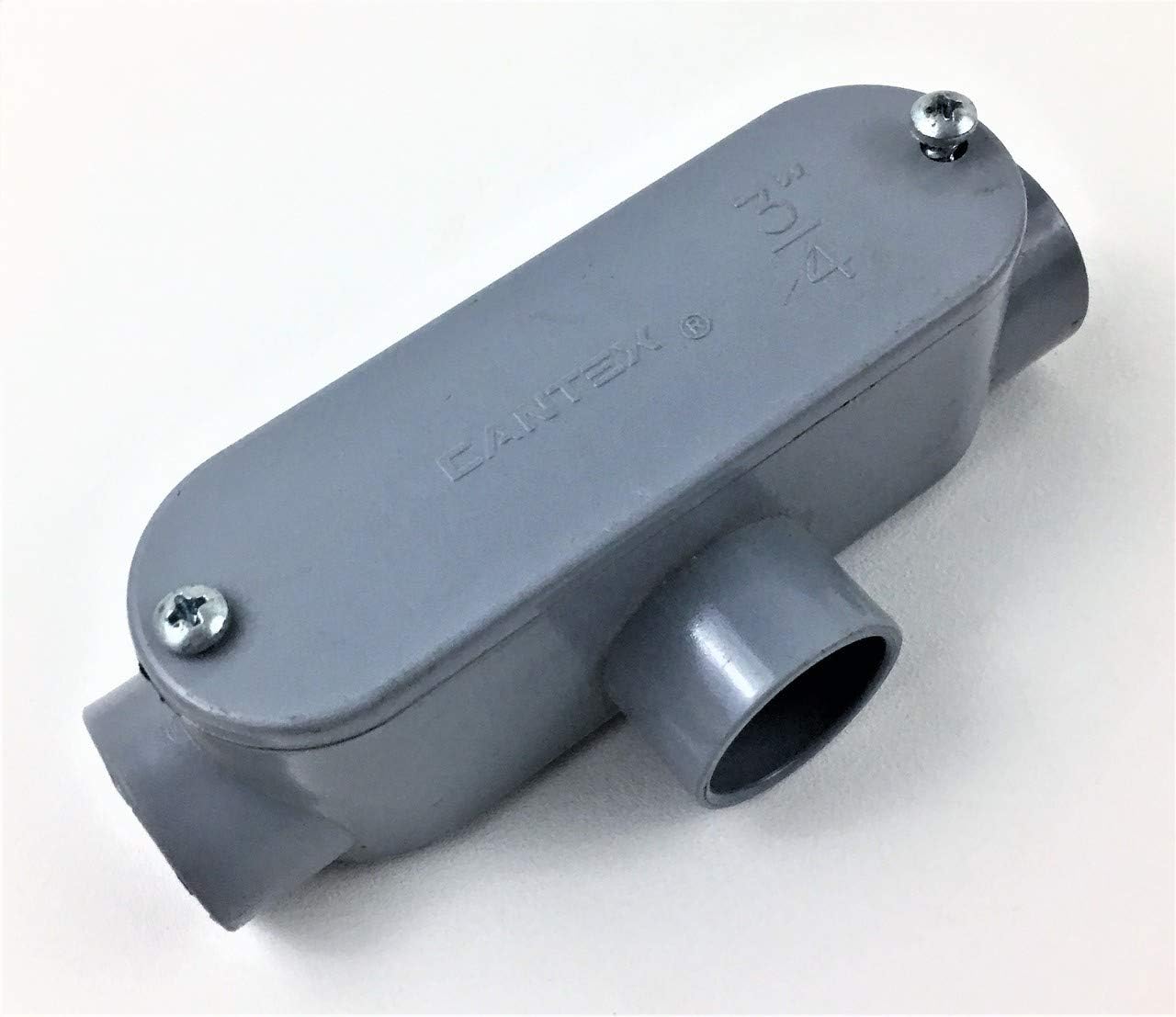
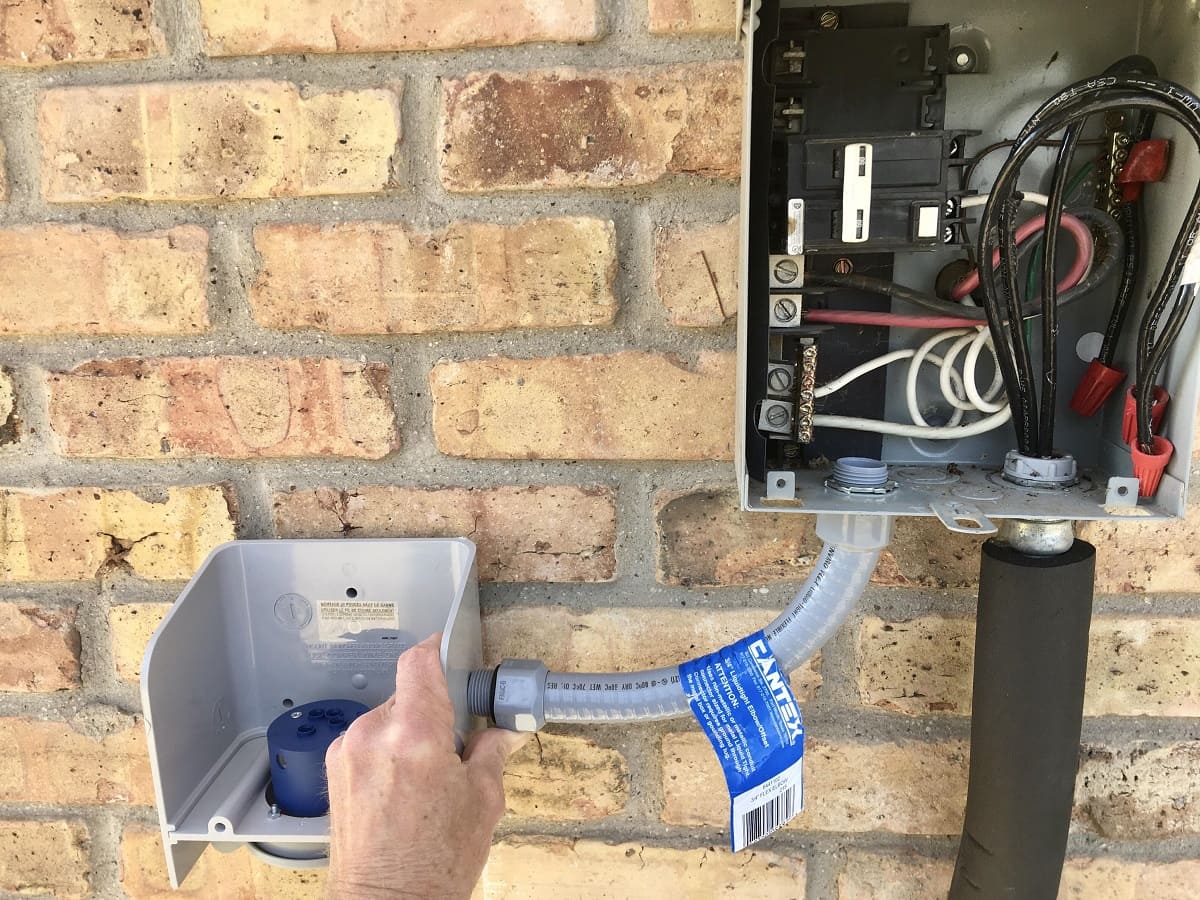
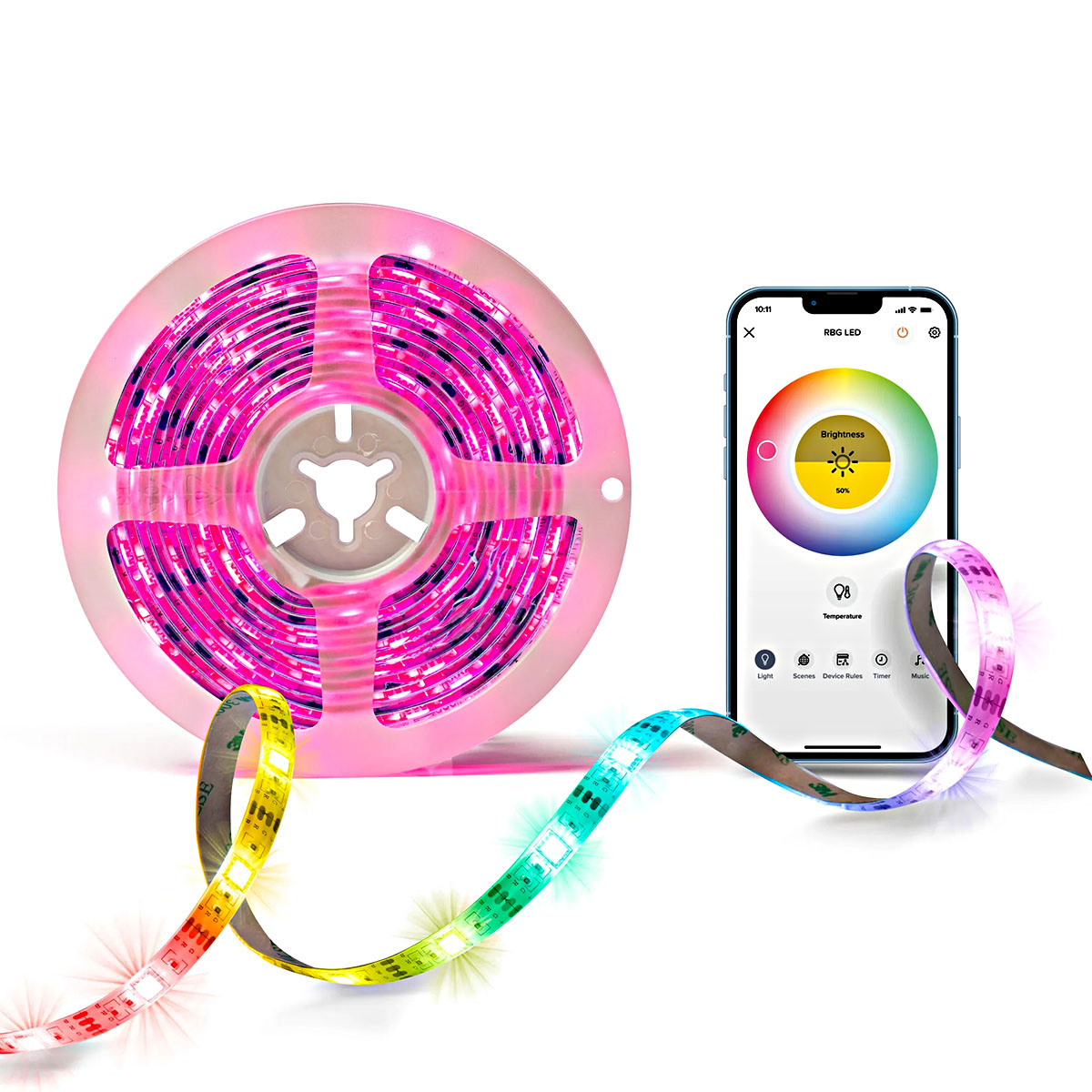
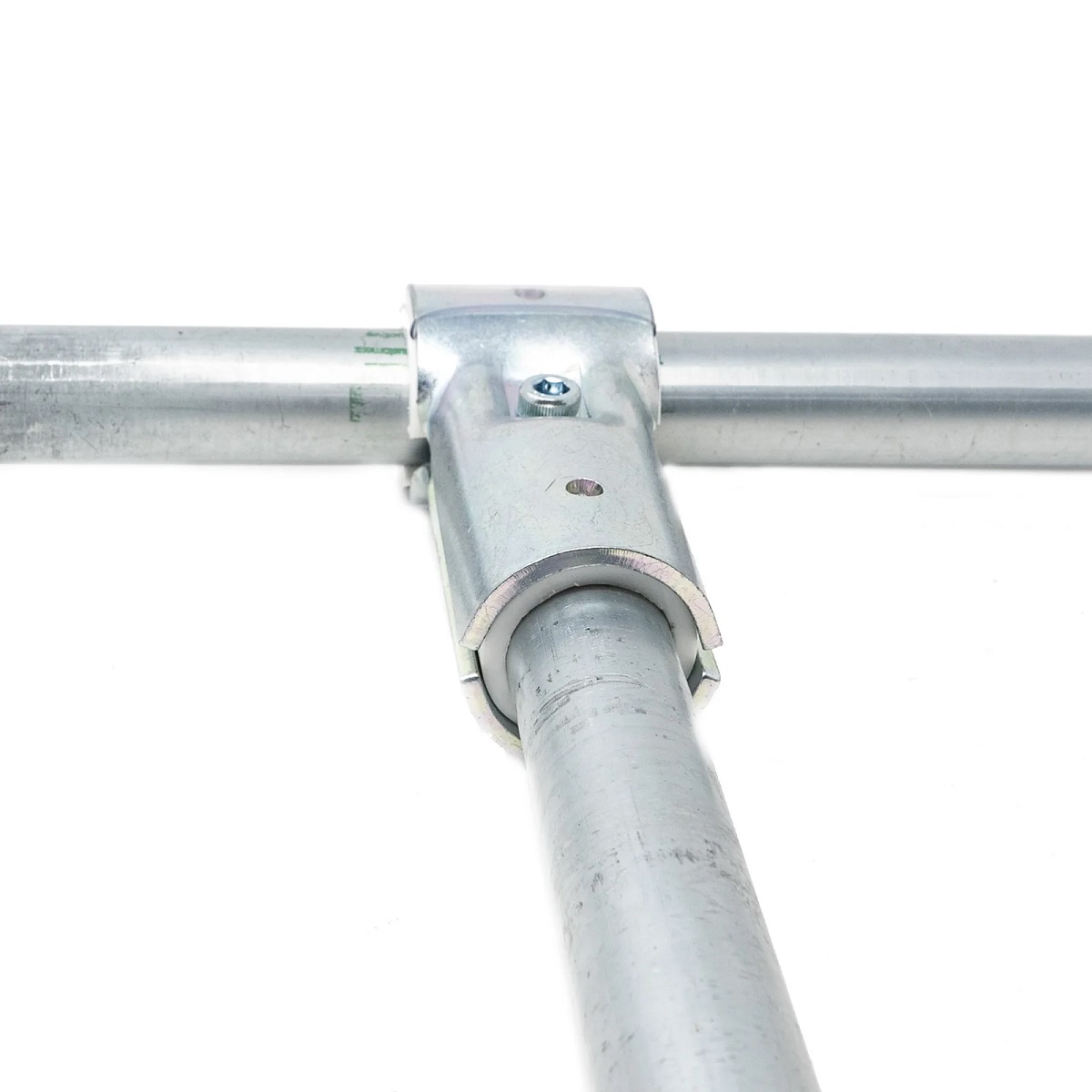
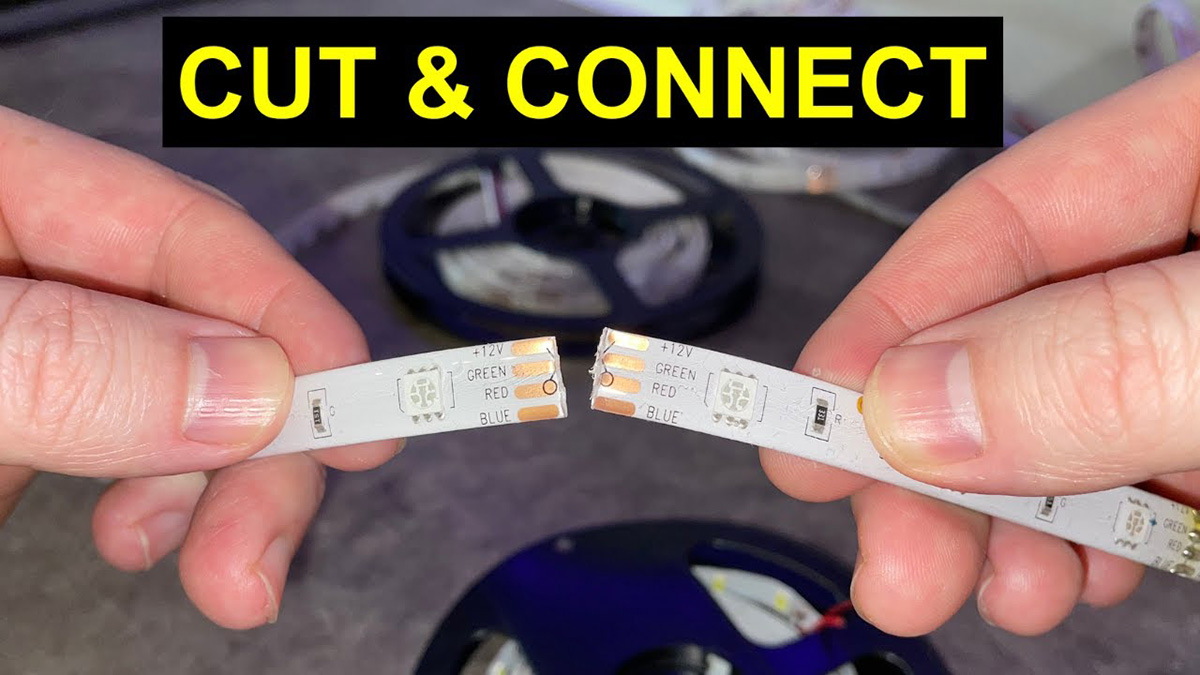
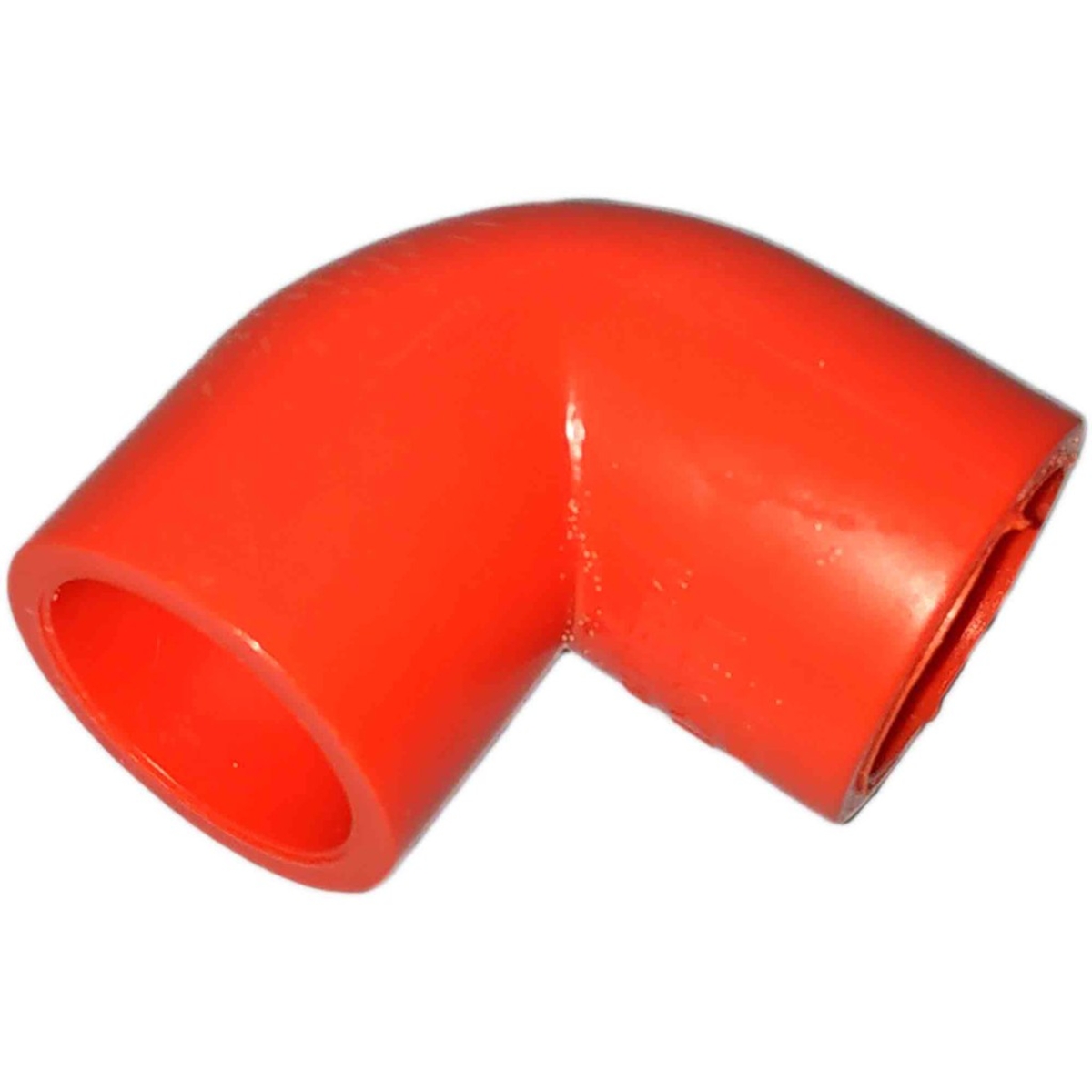
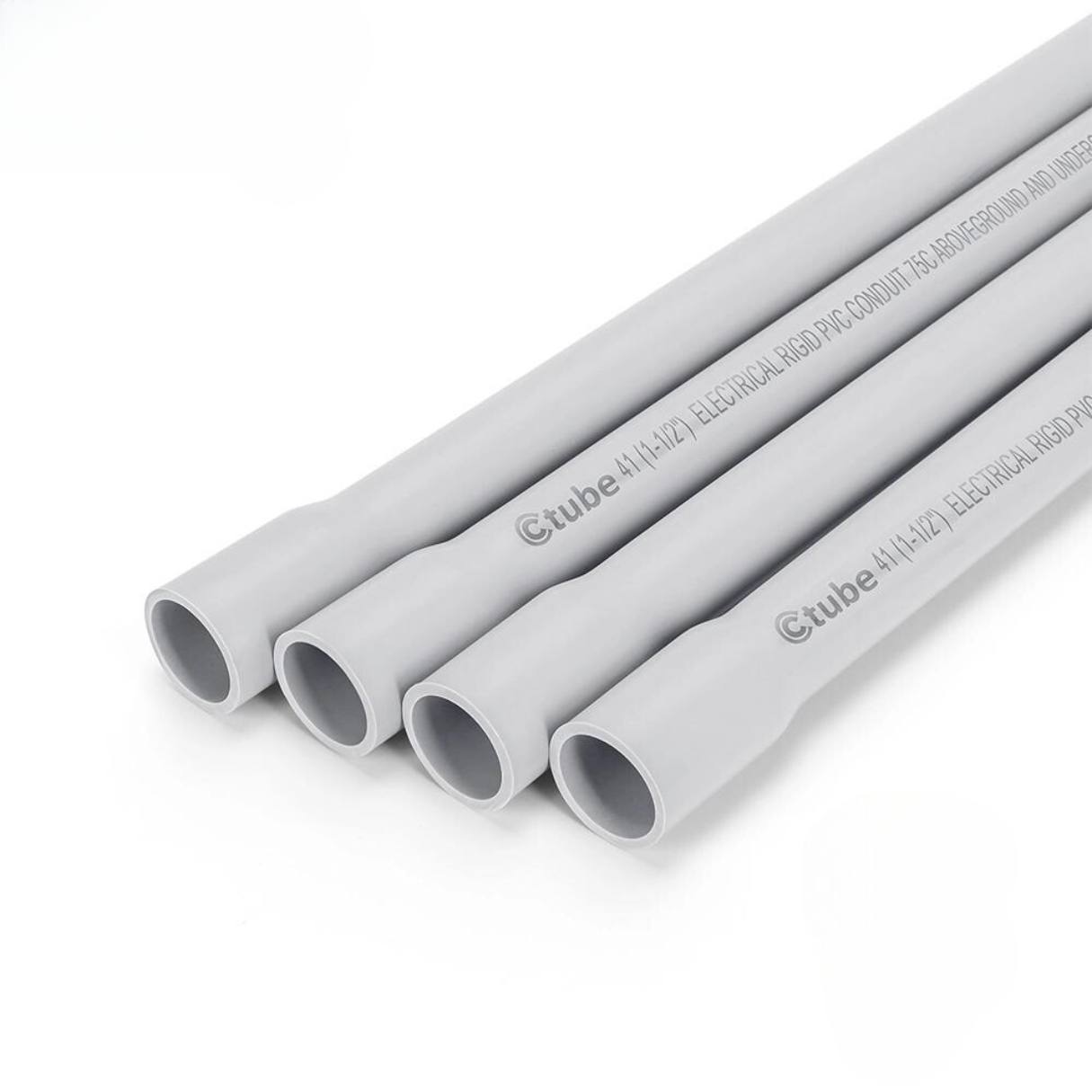
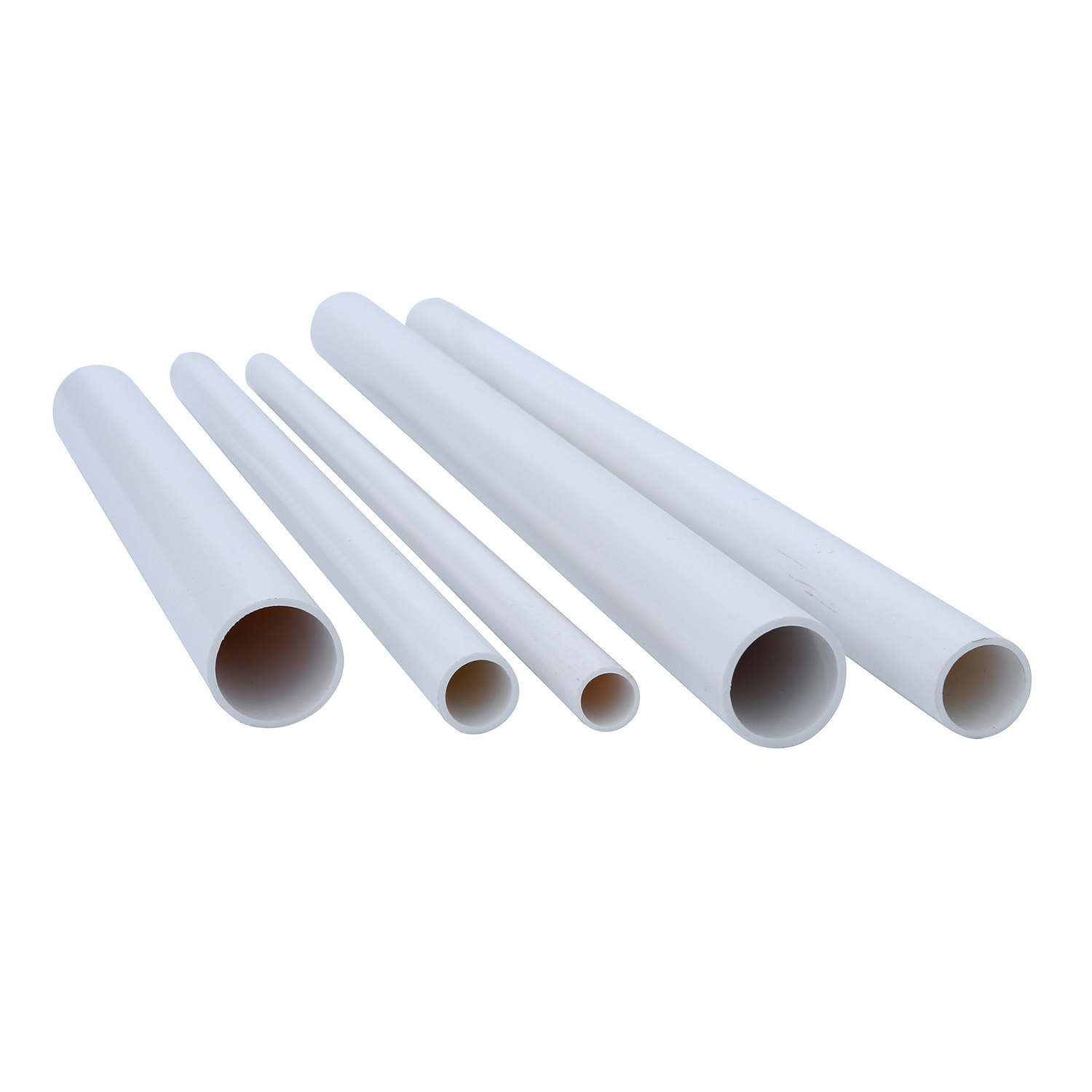

0 thoughts on “How To Connect PVC Conduit Together”